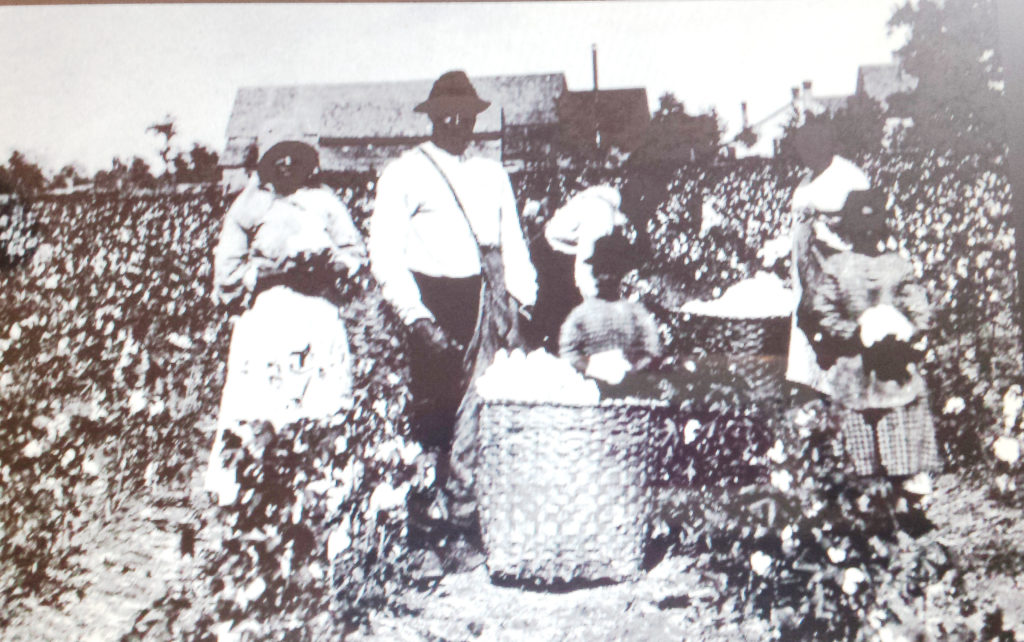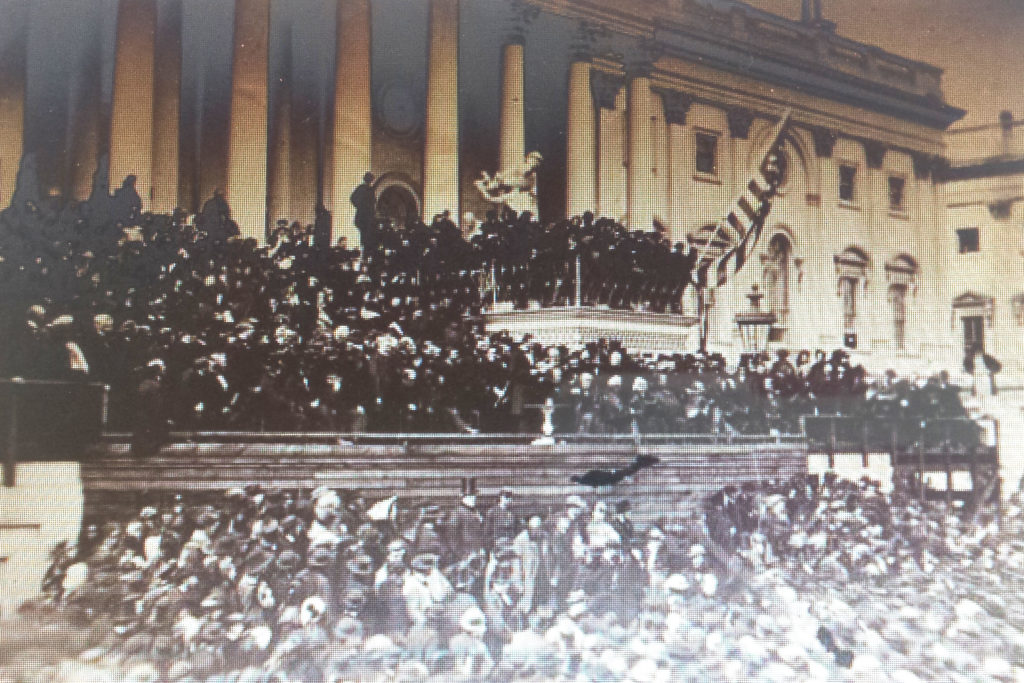Deep South

Welcome to Louisiana. To know the South is to know the history of Slavery. Sue and I kept our catamaran ‘Surprise’ for the first years after selling our business on the Waccamaw river in South Carolina, 40 miles up the coast from Charleston. During the late eighteenth through the nineteenth centuries, this had been the location of large rice plantations that encircled the southeast US coastal plain and through the efforts of slave labor created great wealth accompanied by great hardship.
1800-1850 also saw the golden age of cotton. Cotton plantations divided up the rich alluvial soil dropped for millennia by the Mississippi River and extended for thousands of acres in pie-shaped strips from both shores of the river and beyond.
These two agricultural crops, as had Virginia tobacco earlier, created the need for massive numbers of field laborers: men, women and children who would work a lifetime without hope for betterment.
The first slaves had arrived in Virginia in 1619.
We pulled off the road yesterday for a strip-mall lunch at the local “China Buffet.” As we approached the door, a tall 25-year-old black man in goatee and dreads pushed it open from the inside, saw us approaching and for an extended minute smiled directly at us and held open the door for us to pass.
I often judge the humanity of others by their consideration behind the wheel and by their interaction at doorways. This brief doorway interlude, our first stop in deep south Louisiana, the site of so much cruelty and heartbreak for this man’s forbears, proved an outstanding State’s welcome and affirmation of what it is to be human.

As the Great Emancipator himself said in his first Inaugural Address in 1861, let us all strive to exhibit “the better angels of our nature.”
